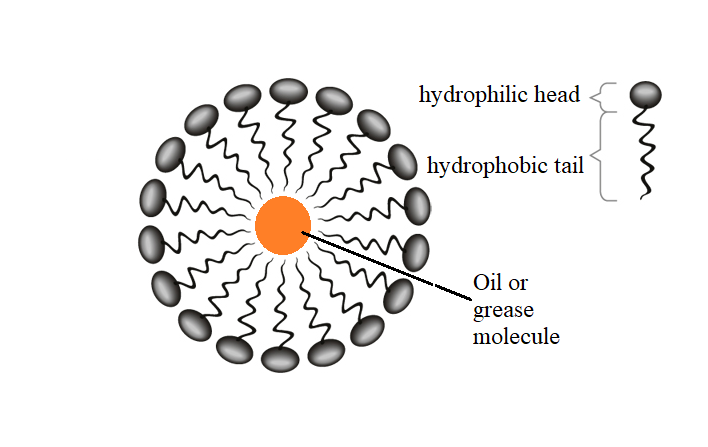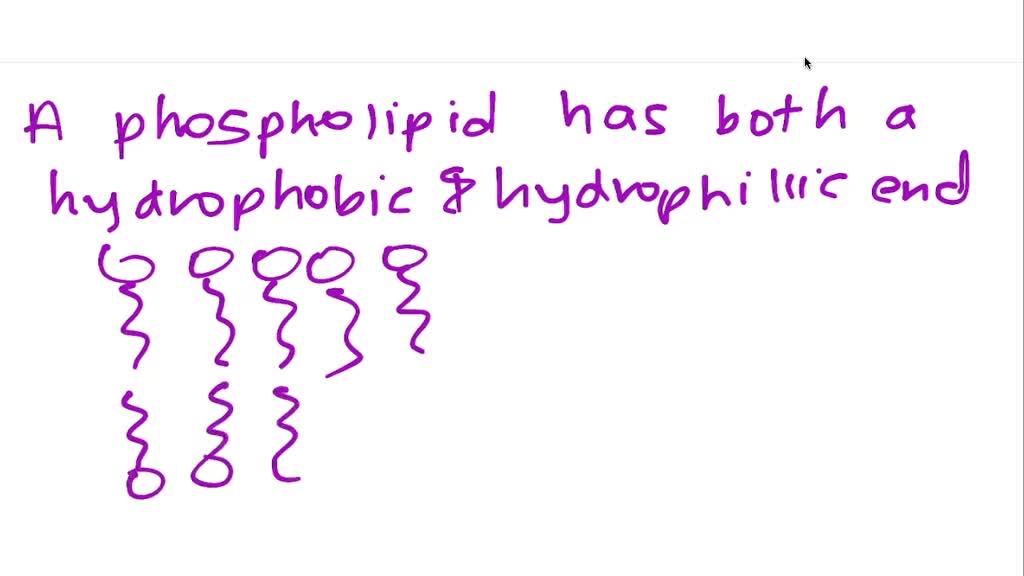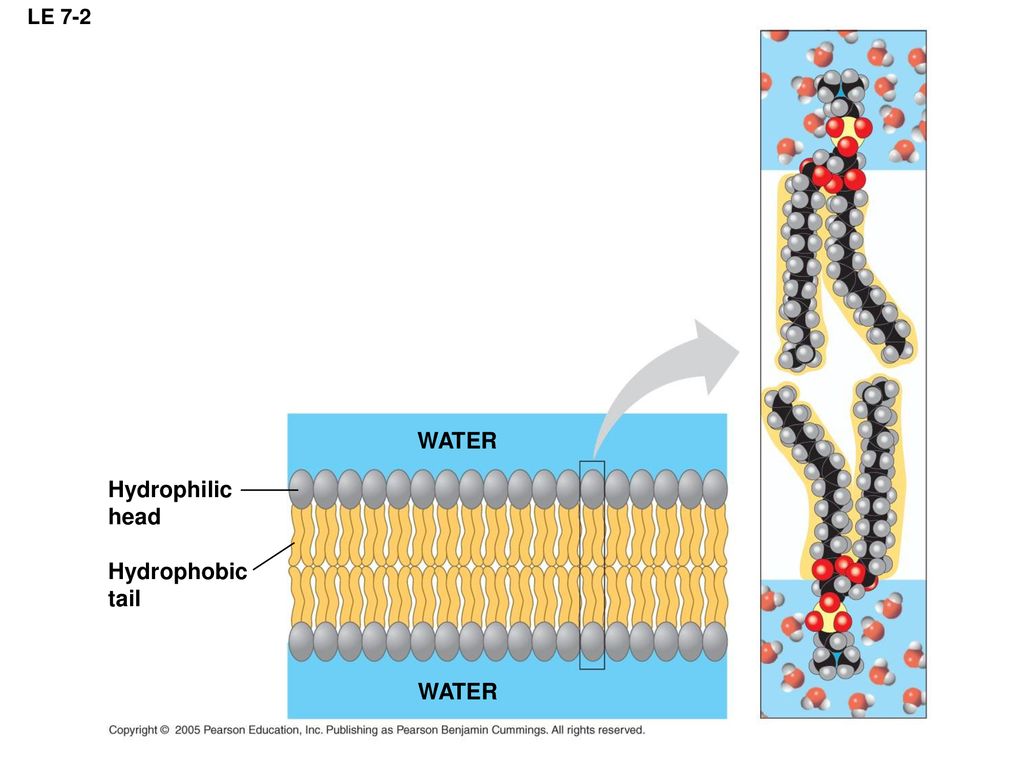Have Both A Hydrophobic End And A Hydrophilic End

BREAKING: Scientists have achieved a major breakthrough in materials science, successfully synthesizing a novel molecule that exhibits both hydrophobic and hydrophilic properties within a single structure.
This amphiphilic molecule, dubbed "Dual-A," promises to revolutionize fields ranging from drug delivery to environmental remediation, offering unprecedented control over material interactions with water and oils. The discovery, announced earlier today, marks a pivotal moment in the quest for advanced functional materials.
The Discovery
The team at the University of Advanced Materials (UAM), led by Dr. Anya Sharma, confirmed the successful synthesis of Dual-A at approximately 10:00 AM EST today.
The breakthrough stems from a five-year research project focused on mimicking natural amphiphilic systems, such as phospholipids found in cell membranes.
Details were published simultaneously in Nature Materials and presented at the International Conference on Nanotechnology in Zurich.
What is Dual-A?
Dual-A is a synthetic molecule designed with a distinct hydrophobic (water-repelling) tail and a hydrophilic (water-attracting) head.
This dual nature allows it to self-assemble in aqueous and non-aqueous environments, forming structures like micelles and vesicles.
These structures can encapsulate and transport both water-soluble and oil-soluble substances.
The Significance
The immediate impact of Dual-A lies in its potential applications in targeted drug delivery.
Its ability to encapsulate drugs within its structure and release them at specific locations in the body could significantly improve treatment efficacy and reduce side effects.
Dr. Sharma stated, "We envision Dual-A as a key component in the next generation of personalized medicine."
Environmental Remediation
Beyond medicine, Dual-A shows promise in cleaning up oil spills and other environmental contaminants.
Its amphiphilic nature enables it to emulsify oil, making it easier to disperse and degrade.
Pilot studies are already underway in collaboration with the Environmental Protection Agency (EPA).
Industrial Applications
The unique properties of Dual-A also open doors to innovations in coatings, adhesives, and surfactants.
Its ability to create stable emulsions and interfaces could lead to more efficient and sustainable industrial processes.
Companies in the chemical and manufacturing sectors are already expressing strong interest.
The Science Behind Dual-A
The synthesis of Dual-A involved a novel chemical process developed by the UAM team.
The process utilizes a modular approach, allowing for the customization of the hydrophobic and hydrophilic components.
This flexibility enables the fine-tuning of Dual-A's properties for specific applications.
The Hydrophobic Component
The hydrophobic tail of Dual-A consists of a long-chain alkyl group, providing strong water repellency.
The length and branching of this chain can be adjusted to control its solubility and stability in different solvents.
This allows engineers to tailor the hydrophobic interaction strength.
The Hydrophilic Component
The hydrophilic head of Dual-A is a polyethylene glycol (PEG) derivative, known for its biocompatibility and water solubility.
The size and charge of the PEG group can be modified to control its interactions with other molecules.
This component ensures that the molecule has a strong affinity for water.
Next Steps
The UAM team is now focused on scaling up the production of Dual-A and conducting further testing in various applications.
They are also exploring the possibility of licensing the technology to commercial partners.
A public forum is scheduled for next week at UAM to further discuss these developments and engage with the broader scientific community.
Ongoing Research
Ongoing research is exploring the use of Dual-A in creating self-healing materials and advanced sensors.
The team is also investigating its potential for use in energy storage devices.
The future of Dual-A and its applications remains bright and continues to unfold.




.PNG)






+and+a+hydrophobic+lipid+tail+(phobic+%3D+fears%2C+repels).jpg)






